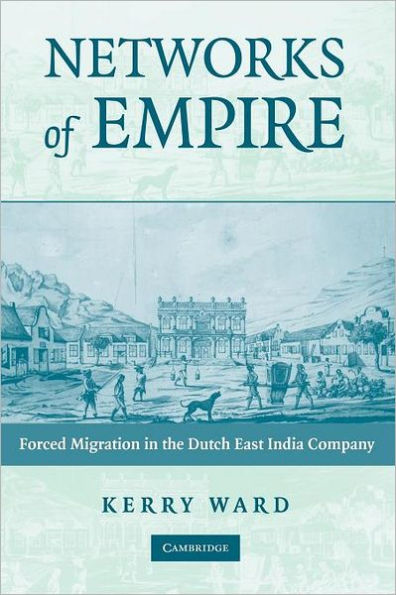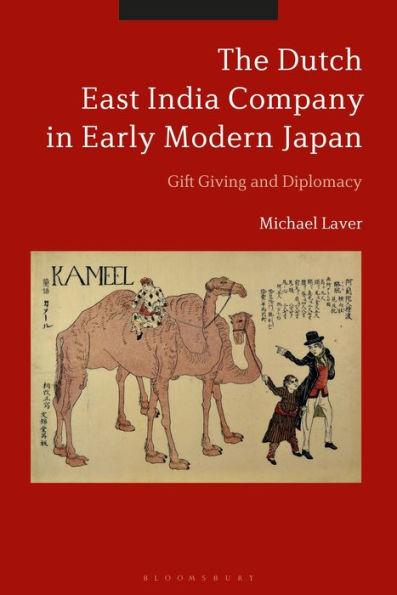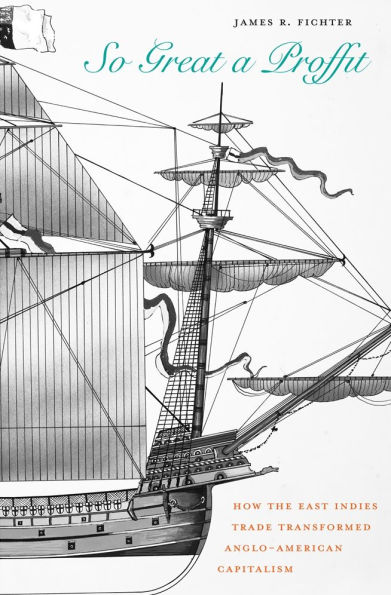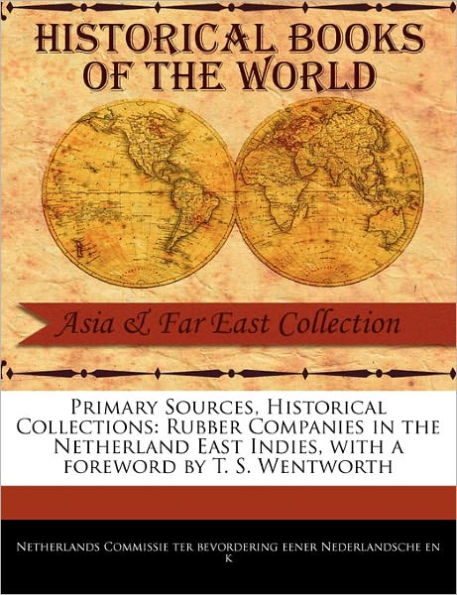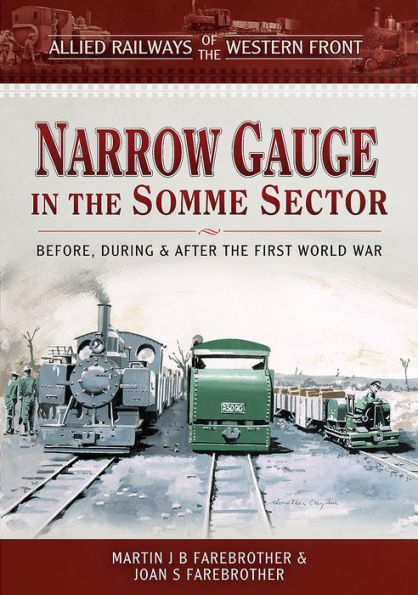Home
Narrow Gauge in the Tropics: The Railways of the Dutch East Indies, 1864-1942
Barnes and Noble
Narrow Gauge in the Tropics: The Railways of the Dutch East Indies, 1864-1942
Current price: $45.00
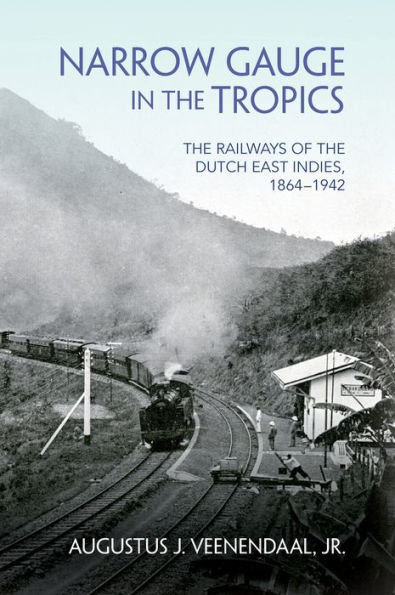

Barnes and Noble
Narrow Gauge in the Tropics: The Railways of the Dutch East Indies, 1864-1942
Current price: $45.00
Size: OS
Loading Inventory...
*Product information may vary - to confirm product availability, pricing, shipping and return information please contact Barnes and Noble
Narrow Gauge in the Tropics
is the first comprehensive history of railways and tramways in the Dutch East Indies (modern Indonesia) from breaking ground in 1864 to the invasion of the Japanese during World War II.During the mid-19th century under colonial rule, the Dutch East Indies experienced enormous increases in production of sugar, coffee, and other commodities, resulting in a great dilemma: How were these goods to be moved to port when wagons hauled by animals was the only available form of transportation? The solution was to build a railway network through some of the most challenging terrain on the planet.Lavishly illustrated,
explores technical aspects of the construction of the railways over difficult terrain, the origin of the technicians who made the seemingly impossible happen, and the social impact of the railways on the indigenous population.
is the first comprehensive history of railways and tramways in the Dutch East Indies (modern Indonesia) from breaking ground in 1864 to the invasion of the Japanese during World War II.During the mid-19th century under colonial rule, the Dutch East Indies experienced enormous increases in production of sugar, coffee, and other commodities, resulting in a great dilemma: How were these goods to be moved to port when wagons hauled by animals was the only available form of transportation? The solution was to build a railway network through some of the most challenging terrain on the planet.Lavishly illustrated,
explores technical aspects of the construction of the railways over difficult terrain, the origin of the technicians who made the seemingly impossible happen, and the social impact of the railways on the indigenous population.



